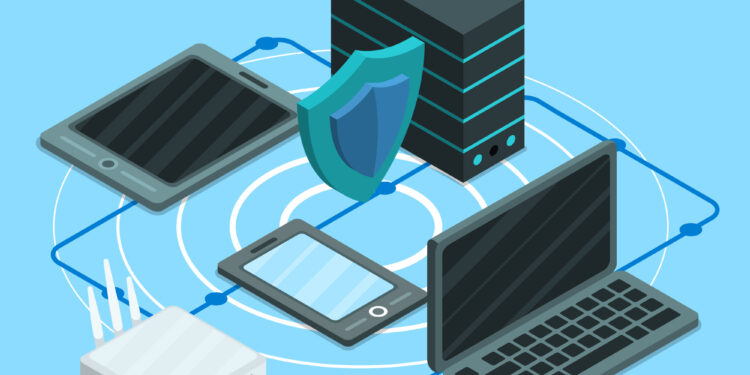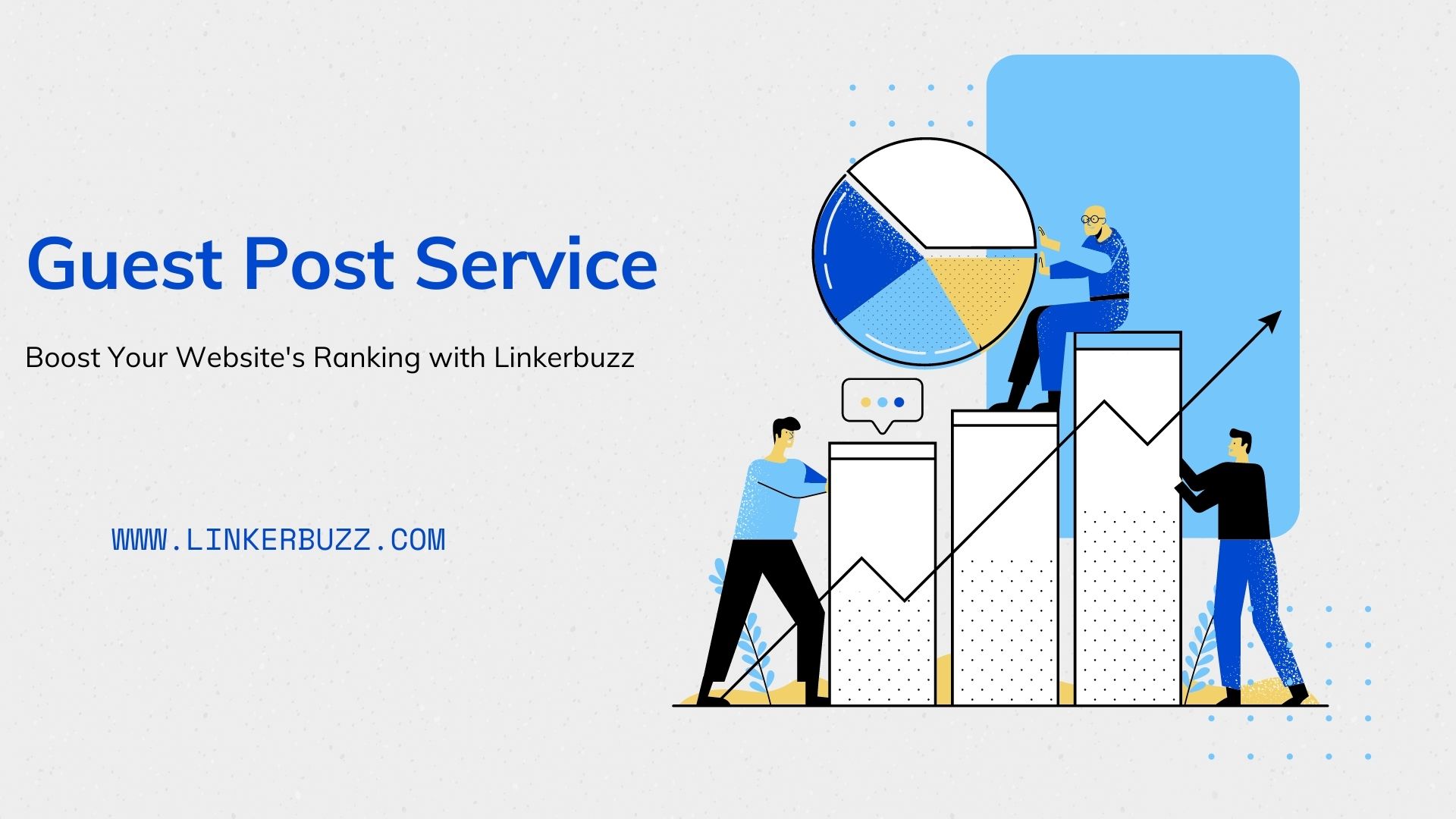Introduction
As the digital world grows increasingly connected, the demand for faster data processing and minimal latency has become critical. This is where Edge Computing comes in. Unlike traditional cloud computing, which relies on centralized data centers, Edge Computing brings computation and data storage closer to the location where it’s needed. This innovation is rapidly transforming how data is processed and analyzed, enhancing the efficiency and performance of various applications.
What is Edge Computing?
Edge Computing refers to a distributed computing framework that brings data storage and computation closer to the data source. Rather than sending data to a centralized cloud server for processing, Edge Computing processes data at the “edge” of the network, such as on local servers or even IoT devices.
Key Features of Edge Computing
| Feature | Description |
|---|---|
| Decentralized Processing | Data is processed locally, reducing the need to send data to centralized data centers. |
| Reduced Latency | Faster response times as data doesn’t have to travel far. |
| Improved Security | Sensitive data stays closer to its source, reducing exposure. |
Benefits of Edge Computing
Deploying Edge Computing offers several advantages:
- Faster Data Processing: Since data is processed locally, it leads to reduced latency and quicker decision-making.
- Improved Reliability: Local processing means systems are less dependent on centralized networks, reducing the risk of failures.
- Enhanced Security and Privacy: By processing data closer to its origin, the risk of data breaches during transmission is minimized.
- Bandwidth Efficiency: Reduces the amount of data sent to centralized cloud servers, optimizing bandwidth usage.
Applications of Edge Computing Across Industries
Edge Computing is not limited to a specific sector; it has vast applications across multiple industries. This decentralization of data processing is crucial for sectors that require real-time data analytics and fast decision-making.
How Edge Computing is Transforming Various Sectors
- Healthcare: Enables real-time monitoring of patients through IoT devices and immediate processing of critical data, allowing for faster and more accurate diagnoses.
- Retail: Enhances personalized shopping experiences through real-time data analysis of customer behavior in stores.
- Manufacturing: Optimizes processes by analyzing data from machinery on-site, predicting maintenance needs, and reducing downtime.
- Automotive: Vital for autonomous vehicles that require immediate processing of sensor data for safe and effective navigation.
Examples of Edge Computing in Action
| Industry | Application |
|---|---|
| Healthcare | Real-time patient monitoring and diagnostics. |
| Retail | Personalized promotions and in-store analytics. |
| Manufacturing | Predictive maintenance and real-time quality control. |
| Smart Cities | Traffic management, energy consumption monitoring, and public safety. |
Innovations and Trends in Edge Computing
The Edge Computing landscape is rapidly evolving, with new innovations pushing the boundaries of what’s possible. Keeping up with these trends is essential for businesses and tech enthusiasts.
Recent Advancements in Edge Computing
- AI on the Edge: Integration of Artificial Intelligence (AI) and Machine Learning (ML) directly on edge devices, allowing for faster and smarter decision-making without relying on cloud infrastructure.
- 5G and Edge Synergy: The rollout of 5G networks is accelerating the adoption of Edge Computing by providing faster and more reliable connections, enhancing the performance of edge devices.
- Serverless Edge Computing: Allows developers to deploy applications and services without worrying about server management, further streamlining the edge deployment process.
Emerging Trends in Edge Computing
| Trend | Impact |
|---|---|
| Federated Learning | Decentralized training of AI models at the edge to improve data privacy. |
| Edge AI Chips | Specialized chips for better performance in edge AI applications. |
| Multi-access Edge Computing (MEC) | Integrates computing power within telecom networks for faster data processing. |
The Future of Edge Computing
Looking ahead, Edge Computing is expected to play a crucial role in several upcoming tech advancements:
- Smart Cities: Edge-powered IoT devices will manage traffic, utilities, and public safety.
- Augmented and Virtual Reality (AR/VR): Low-latency requirements for AR/VR will rely heavily on Edge Computing to provide seamless user experiences.
- Autonomous Systems: Drones, self-driving cars, and robotics will utilize edge networks for real-time decision-making.
Challenges in Implementing Edge Computing
While Edge Computing is promising, it comes with its set of challenges. Understanding these hurdles is key to developing a successful edge strategy.
Challenges in Adopting Edge Computing
- Data Management Complexity: Managing and synchronizing data across multiple edge locations can be challenging.
- Security Concerns: Although data stays closer to its source, ensuring security across distributed networks and devices is difficult.
- Infrastructure Costs: Initial setup of edge infrastructure, including servers, IoT devices, and maintenance, can be costly.
- Integration with Legacy Systems: Combining new edge solutions with existing infrastructures can be complex and may require significant changes.
Overcoming Challenges in Edge Computing Deployment
| Challenge | Solution |
|---|---|
| Data Management Complexity | Implement robust data management strategies and tools. |
| Security Concerns | Employ advanced security protocols like encryption and intrusion detection systems. |
| Infrastructure Costs | Leverage cloud-edge hybrid models to reduce initial costs. |
| Integration with Legacy Systems | Use edge gateways and APIs for seamless integration. |
How to Get Started with Edge Computing
For businesses and developers looking to tap into the benefits of Edge Computing, here are some practical steps to begin the journey:
Steps to Implement Edge Computing
- Assess Business Needs: Determine which processes require real-time data processing or low latency.
- Select Suitable Edge Devices: Choose devices that match the processing power and storage needs of your applications.
- Leverage Edge Platforms: Utilize platforms like AWS IoT Greengrass, Microsoft Azure IoT Edge, or Google Cloud IoT Edge for easier management and deployment.
- Focus on Security: Implement strong cybersecurity measures to protect distributed data.
- Experiment and Scale: Start with small-scale deployments, evaluate performance, and then scale based on requirements.
Tips for Businesses to Integrate Edge Computing
| Integration Step | Details |
|---|---|
| Choose the Right Use Cases | Identify high-impact areas for initial implementation. |
| Invest in Edge Analytics | Use edge analytics tools for real-time insights and decision-making. |
| Partner with Edge Solution Providers | Collaborate with specialized vendors for edge hardware and software solutions. |
Leveraging Edge Computing for Competitive Advantage
- Enhance Customer Experiences: Provide faster and more personalized services by processing data locally.
- Improve Operational Efficiency: Reduce latency and optimize bandwidth usage to streamline operations.
- Drive Innovation: Utilize edge capabilities to develop new products and services that require real-time data processing.
Conclusion
Edge Computing is more than just a buzzword—it’s a paradigm shift that is redefining how data is processed, stored, and analyzed. From reducing latency and enhancing security to driving real-time insights, the benefits of edge computing are vast. As this technology continues to evolve, businesses that embrace edge solutions will be well-positioned to lead in the digital era.
Call to Action
Ready to explore the power of Edge Computing? Start assessing your business needs and implement edge solutions to stay ahead of the curve. Whether you’re in retail, healthcare, or any other industry, the edge revolution is here—don’t get left behind!













